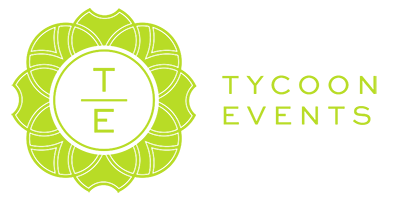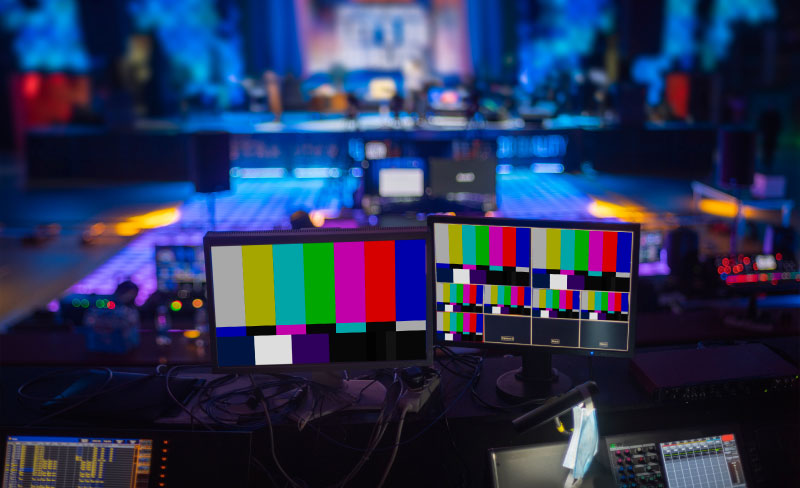Last week, we shared part one of this two-part Event Design Series: What the Heck is Event Design. This week we dive into Event Experience and Design Language courtesy of Anthony Vade, CED, altMBA.
Anthony is the Director North America for Event Design Collective GmbH (Event Design Collective is the grownup name of the original startup called Event Model Generation). You can connect with Anthony via LinkedIn.
Agile: An incremental approach to development. Instead of building the entire solution or service at once with large cost and risk, Agile breaks it down into smaller parts for testing and user feedback. It often includes assigning specific cycles called “iterations.” From feedback, the team tweaks the design and functionality so that it provides better results, but never more than necessary to keep investment lean. Recurring events and organizational meetings can be viewed as iterations.
Canvas Thinking: Using visual models to reduce or manage complexity and to create shared mental models.
Canvas Tool: A one-page template summary used to reduce complexity in business, life or society.
Design Facilitation: The skill of facilitating design processes and efforts, such as presenting to stakeholders or conducting design workshops.
Design Thinking: a five-stage method for creative problem solving. The five stages are:
- Empathize: Understand the stakeholder and challenge at the core.
- Define: Define the problem so all understand and articulate the framework to design within (aka constraint)
- Ideate: Develop potential solutions and aggregate team ideas to evaluate their suitability.
- Prototype: Build/design solutions that address the problem and/or challenge.
- Test: Test designs and repeat steps until the desired outcomes are achieved, effective and easily accessible to all defined stakeholders.
Empathy Map: A visual thinking tool on a single piece of paper that allows a team to analyze and articulate the sensory perceptions, feelings, behaviours and pains and gains of a specific stakeholder; originally developed by Dave Gray at Xplane.com,
Event Canvas: A visual thinking tool on a single piece of paper that allows people to articulate how an event creates value. The Event Canvas was developed by Roel Frissen and Ruud Janssen and can be studied at eventcanvas.org.
Experience Journey: The chronological interactions someone has before, during and after an event. The experience journey of events empowers and shapes the intended change of behaviour at specific moments.
Front-End Development: Front end development is the practice of implementing designs in code to be displayed on the web. Front end developers primarily use HTML, CSS, and JavaScript to code designs. “Front end” refers to the “client side” – e.g. a user’s browser, so front end development is the management of what people see in their browser, and not what goes on in the background with data storage & management (which is called “Back-end” Development).
Full Stack Designer: A professional who is well versed in the entire “stack” of the design discipline, including UX discipline, high fidelity UI design and code, front-end and back-end capable, filling the stack.
Instructional Design: The way in which the event enables the stakeholder to learn specific skills, acquire knowledge or develop a desired attitude.
Iteration: Dividing a product, experience or desired change into smaller pieces, which are developed or designed individually often later combining for improved outcomes.
Overarching Aim: An overarching general statement of the direction where a team needs to go and what it wants to achieve. It is a direction-finding statement without any specific detail.
Prototype: A rough sample of what a product or event design could look like. More prototypes viewed side-by-side will increase the likelihood of choosing the one that would work best.
Lean UX: A blend of agile principles and design thinking that steers the focus on design deliverables, and instead prioritizes rapid learning & product development. Whereas traditional UX may include rounds of wireframes and design reviews, Lean UX would prioritize the development of a MVP (Minimal Viable Product) to gather user feedback.
Minimal Viable Product (MVP): A product, service or experience developed with only the most important features for the purpose of launching to an early set of users to provide feedback on the product. The goal of the MVP is to save time and resources by incorporating early user feedback before committing more resources for features that users may not care about or even use.
Stakeholder: A person or group of people with an interest or concern in a product, service or event. They choose to create or be part of an event because it is more important to participate, than to not.
User Experience Design: The practice of affecting the user experience through a user-centered design process, with a focus on usability and making user interfaces easy to understand. User experience design is a broad field containing many subfields like information architecture, research, UI design and more. Contrary to popular belief, user experiences designers cannot design all the possibilities of an end-user’s experience (too subjective and vast), but these professionals can apply a design process to help users complete the most important actions.
User Experience (UX): User Experience is the understanding of a person’s emotions, attitudes, reactions and behaviour during an experience.
User Interface: The medium through which users interact with an experience, product or device. Your mobile screen, the automated checkout kiosks at grocery stories, the keyboard on your laptop and the way Alexa responds to your voice are all examples of user interfaces.
– Your Tycoon, Eryne XO

